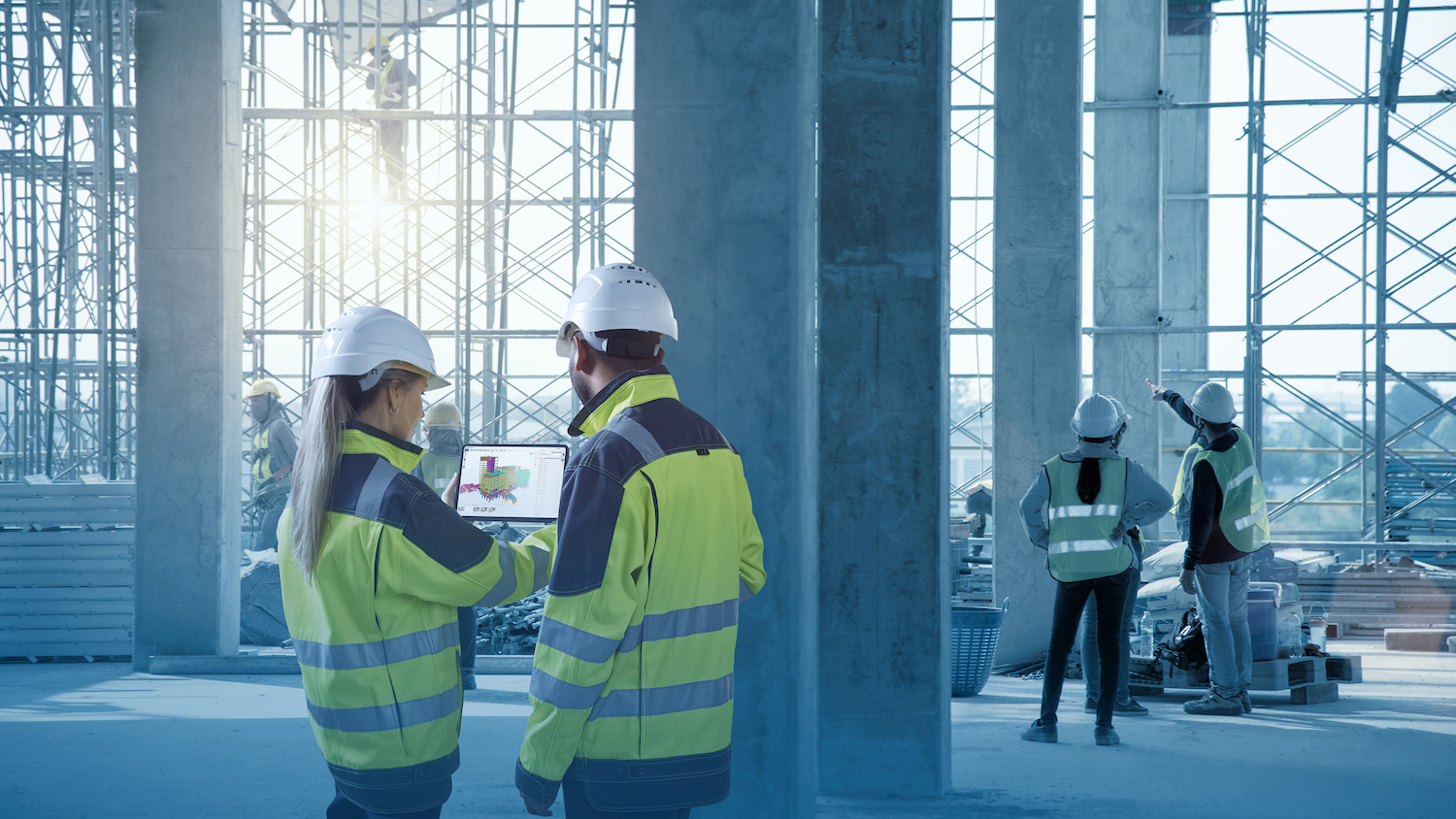
Steve Insley considers how the cloud will enable construction’s and engineering’s digital transformation.
When it comes to technology of any kind, looking into the future is a thrilling prospect, with visions of where these digital solutions could take us. In many ways, the cloud is essentially a platform-enabling technology: the capabilities and reach of what else you could use it for and achieve with it are endless.
Digital transformation
It’s clear the cloud has the power to transform the way in which the construction and engineering industries operate. The word ‘transform’ may be overused in many contexts, but it truly applies here. It represents a huge leap forward in terms of centralising all data together, making it far more accessible to all. Whereas previously data would have been held on personal computers, laptops, or at best on an office server, now it can all be held, considered and analysed in one central location.
Used to its highest potential, the productivity and efficiency gains are huge, enhancing the way teams work together on projects with streamlined levels of collaboration. As well as easier data sharing, the cloud also promises:
- greater software interoperability;
- the customisation of applications, enabling users to configure workflows to suit their needs; and
- the ability to gain instant access to the latest updates and software releases, rather than having to manually download new software versions.

“Without good-quality and reliable data, none of these autonomous solutions can be put to work, instead just becoming nothing more than shiny new toys.”
Artificial intelligence
As more companies rely on and use the cloud to store and save their data, cloud technology will create huge data sets. In turn, this can lead to an increased application of AI, used to sift through and learn from this data. Many engineering companies are already using AI in some form to help them gain insights from large data sets, but there is far more that can be done with the technology.
Within the construction industry, AI has the potential to successfully harness and use the significant amount of past construction project data currently unused, learning from past projects to help automate, design and optimise the new.
Take the task of detailing a complex steel connection as an example. Through the use of AI and machine learning, it is possible that BIM software may (in the future) be able to detect similarities and patterns between a user’s new model and their previously completed designs, automatically suggesting and recommending design, detailing and editing suggestions based on past projects. In this case, the optimum design could feature fewer welds, fewer bolts, or even less steel, making it more cost-effective, as well as easier to fabricate and assemble on site.
Parametric design
If this sounds similar to parametric design or computational design – where you can input the required rules, parameters and design algorithm and have the computer generate the design output – that’s because it is. AI represents the next step of this development.
While parametric design in its simplest form has been possible for many years, it was originally only available to those who spoke the complex ‘coding language’. This was then simplified by the introduction of parametric modelling tools such as Grasshopper and Rhino, making it easier and more accessible to formulate algorithmic scripts and generate the output in a connected BIM software platform. AI technology has the power to take this further still, making the concept of parametric design more accessible, approachable and helping to break down the barrier to its adoption.
Autonomous solutions
Autonomy and robotics represent a huge part of the construction industry’s future, with ‘enabling technology’ solutions freeing the labour force from dull, dirty and dangerous tasks. Through the combined application of cloud technology, 5G networks, integrated sensors and AI, autonomy and robotics can become even more valuable and beneficial.
As the technology progresses further, autonomous systems may even learn how to construct and build, combining both the cloud and AI. The emphasis here is on ‘learn’, rather than ‘be programmed’. For example, imagine if a robotic arm was left in a room with 100 bricks and challenged to build a brick wall. After many iterations and failed attempts, it could learn from its errors before eventually optimising the technique to build most efficiently.
However, without good-quality and reliable data, none of these autonomous solutions can be put to work, instead just becoming nothing more than shiny new toys. If we are to benefit from the productivity, health and safety, and sustainability benefits that autonomy promises, a truly synchronised construction workflow is required, with a streamlined flow of data from software to hardware.
It is clear that the future is bright, with cloud computing being about more than just a data store. With the power of the cloud comes greater collaboration, machine learning, AI and autonomous solutions, all representing an exciting glimpse of the future.
Steve Insley is business director for UK & Ireland at Trimble.
Don’t miss out on BIM and digital construction news: sign up to receive the BIMplus newsletter.













